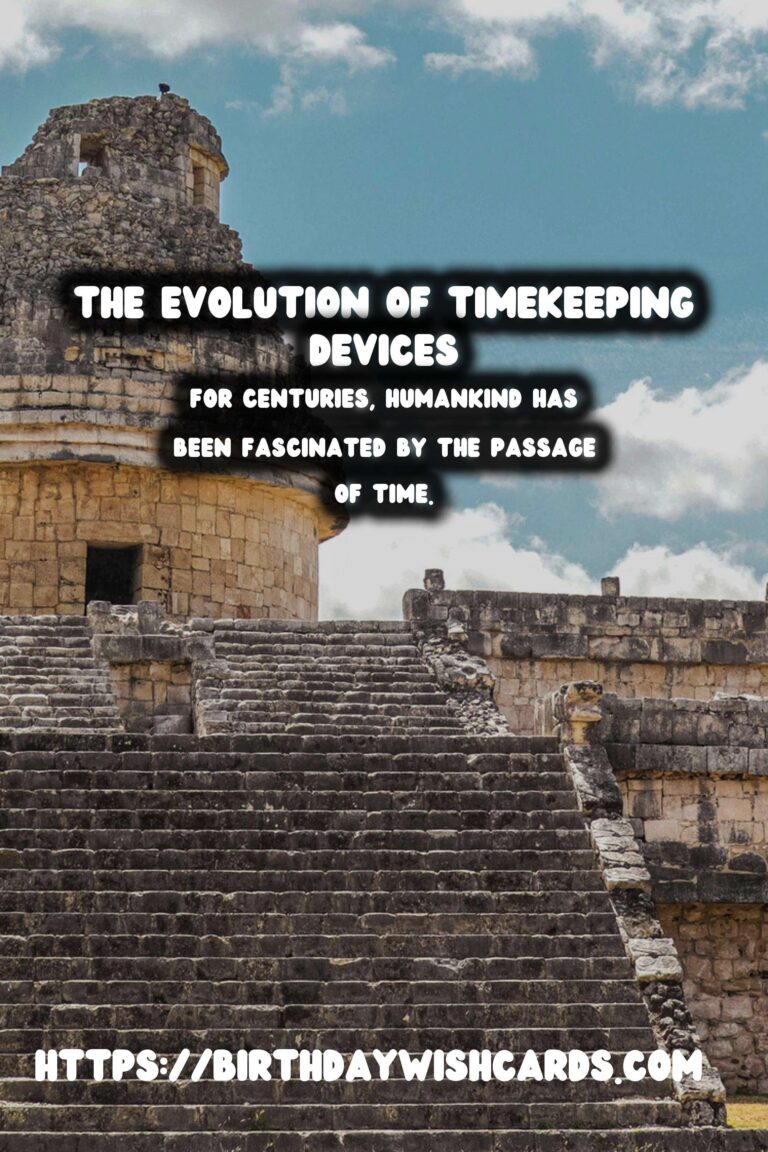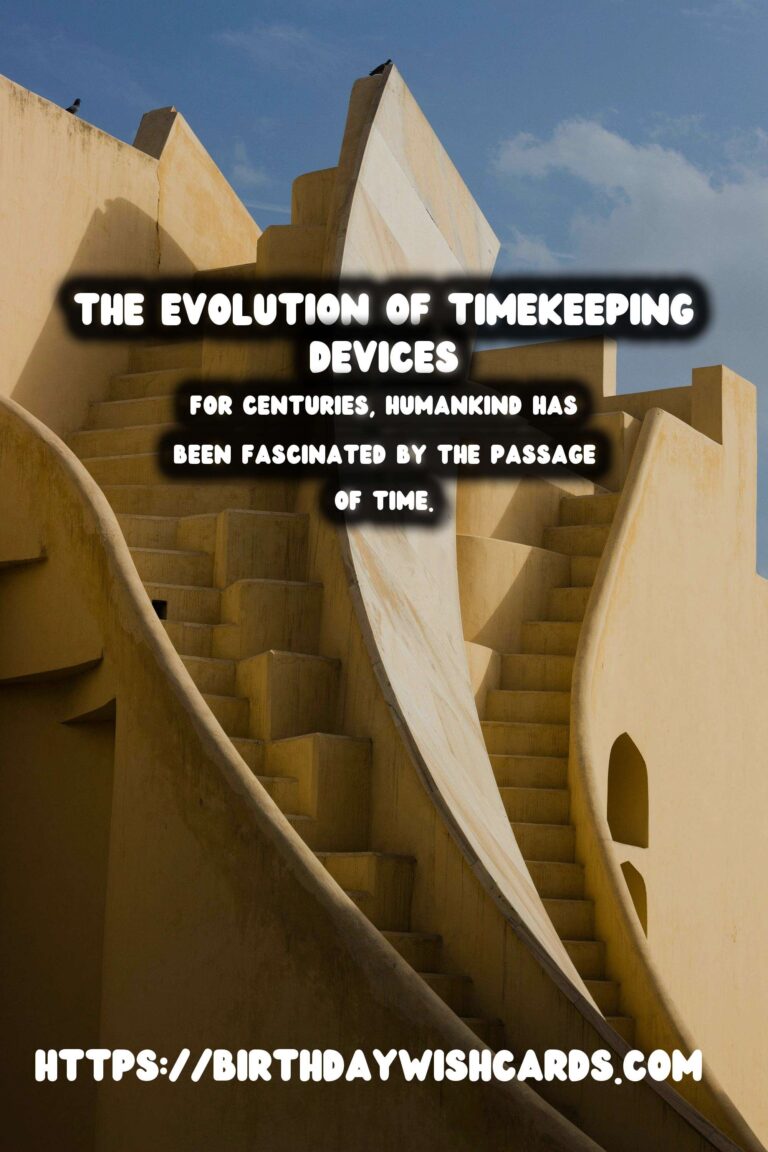
For centuries, humankind has been fascinated by the passage of time. From the shadow-casting sundials of ancient civilizations to the precision-engineered timepieces of today’s modern world, the history of clocks is a testament to the relentless human pursuit of temporal measurement. This article delves into the captivating evolution of clocks, illustrating how they have transformed our perception of time.
Ancient Timekeeping: Sun, Water, and the Stars
The earliest forms of timekeeping date back to ancient civilizations. Sundials, among the oldest, used the position of the sun to indicate time. By tracking the movement of shadows cast by a gnomon, ancient people could approximate the time of day.
Water clocks, or clepsydrae, emerged in regions like Egypt and Babylon around the 16th century BCE. These ingenious devices measured time through the regulated flow of water from one vessel to another. Later, astrolabes offered a celestial method to track time, guiding explorers by the stars in both navigation and temporal estimation.
Mechanical Marvels: The Rise of Clockwork
The Middle Ages heralded a significant advancement in clock technology. In the 14th century, mechanical clocks began to appear in European monasteries. These large, weight-driven devices were among the first to employ an escapement mechanism—a pivotal invention that allowed for controlled movement, transforming gear-driven timekeeping into a practical reality.
As the centuries progressed, clockmakers refined these mechanisms, leading to the proliferation of more accurate and compact timepieces. The intricate craftsmanship of the Renaissance period birthed exquisite clocks, which were both functional and artistic, becoming centerpieces in wealthy European homes.
The Age of Precision: Pendulum and Beyond
The 17th century brought about a revolution in timekeeping with the introduction of the pendulum clock, designed by Dutch scientist Christiaan Huygens in 1656. The pendulum dramatically increased accuracy, allowing clocks to measure time with a precision never before possible.
The increased accuracy of pendulum clocks set new standards for timekeeping, greatly influencing scientific research, navigation, and daily societal functioning. The subsequent industrial era brought mass production, making high-precision clocks more accessible to the common man.
From Quartz to Atomic: Modern Timekeeping Innovations
The 20th century marked another leap forward with the development of quartz clocks. Quartz technology, discovered through the piezoelectric effect, allowed clocks to maintain accuracy through the vibration of a quartz crystal. This innovation set the foundation for the digital clock era.
Today, the most precise timekeeping devices, atomic clocks, rely on the vibrations of atoms. Atomic clocks are so accurate that they lose only a second every millions of years, serving as the standard for international time distribution and synchronization across the globe.
The Cultural Impact of Timekeeping
Clocks have not only advanced technology but have also significantly influenced cultural and social structures. The regulation of time became crucial during industrialization, with the establishment of time zones and standard work hours reshaping society.
Furthermore, wristwatches have evolved from luxury items to personal essentials, reflecting technological capability and cultural trends through design and utility.
The Future of Timekeeping
As we look forward, the technology of timekeeping continues to innovate, integrating into smart devices and continually enhancing precision. These advancements not only improve scheduling and communication but also set stages for future discoveries.
The history of clocks is a story of human ingenuity and persistence, a journey that mirrors our ongoing quest to understand and control the world around us.
For centuries, humankind has been fascinated by the passage of time. The history of clocks is a testament to the relentless human pursuit of temporal measurement. 









#ClockHistory #Timekeeping




